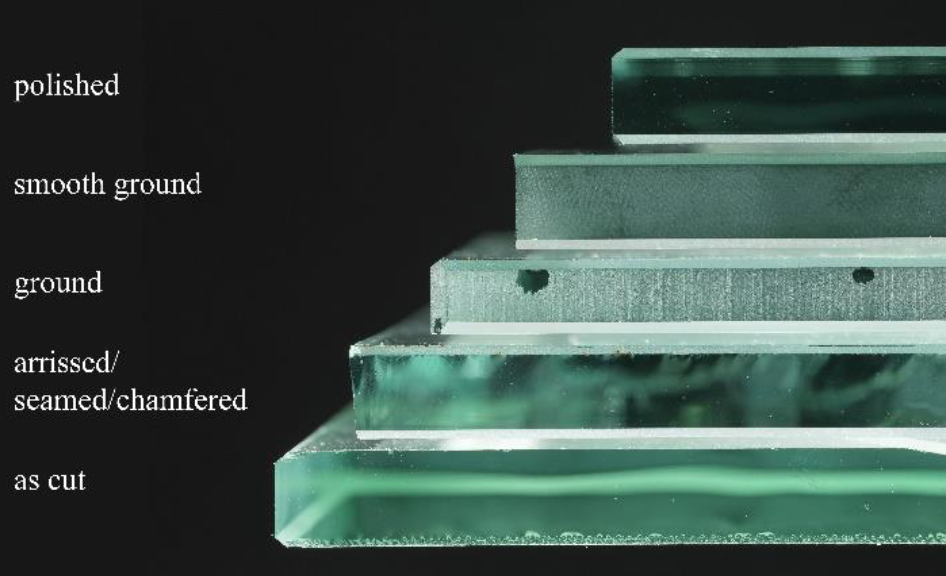Glass Edges in the Building Industry
Examination Method and Design Approaches

Abstract
In the building industry, different types of glass edges are used depending on their application and function. A widespread assumption is that the edge strength increases with the degree of optical finishing. This corresponds with the European standardisation, which targets an adjustment of the bending strength in form of edge finishing factors. Thereby the highest edge strength is set with polished edges. This article presents research which shows that the recommended edge finishing factors of annealed glass can be insufficient, particularly for the polished edge. Comparison with previous scientific studies confirms a high scatter in the edge strengths of different manufacturers. However, there are no generally valid grinding process parameters that can be associated with a high edge strength. Consequently, general edge strength values have to be questioned, as they potentially lead to safety concerns. Thus, the processes have to be investigated individually. For this purpose, an examination method with fracture tests and a microscopic defect analysis for process optimisation is introduced. Based on the results of two different edge grinding machines, the formation of defects is presented and their potential of causing early breakage is discussed. In an overall evaluation, approaches are proposed on how the manufacturing of glass edges with high edge strength can be verified and included in the design.
Published
Issue
Section
Strength, Stability & Safety
License
Copyright (c) 2024 Paulina Bukieda, Katharina Meyer, Michael Engelmann, Bernhard Weller

This work is licensed under a Creative Commons Attribution 4.0 International License.



